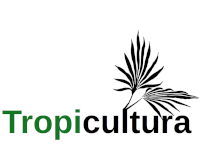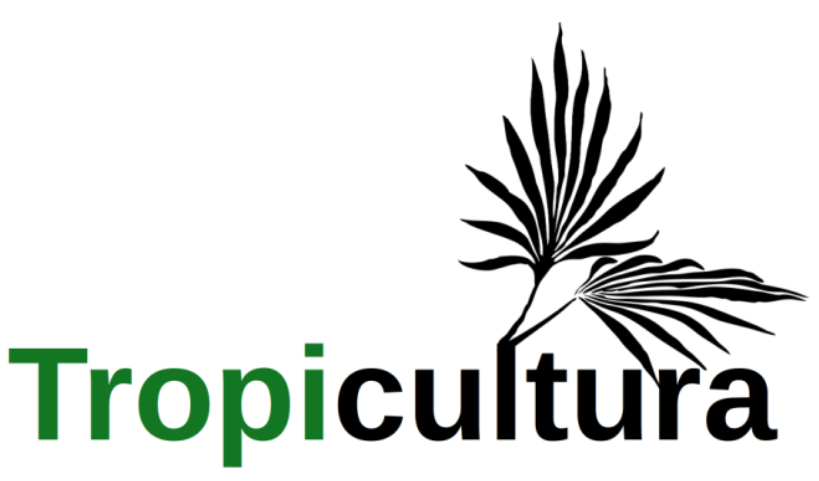- Home
- Volume 36 (2018)
- Numéro 4
- Impact de rations comportant des fourrages de Pterocarpus lucens, Pterocarpus erinaceus et Ficus gnaphalocarpa sur l’embouche ovine au Mali
View(s): 620 (2 ULiège)
Download(s): 554 (12 ULiège)
Impact de rations comportant des fourrages de Pterocarpus lucens, Pterocarpus erinaceus et Ficus gnaphalocarpa sur l’embouche ovine au Mali

Attached document(s)
original pdf fileRésumé
L’objectif de l’étude était de développer des techniques d’embouche ovine qui permettent d’accroître la sécurité alimentaire des petites exploitations agricoles en optimisant la contribution des fourrages ligneux. Les trois fourrages préférés, identifiés lors d’un test de préférence, ont été utilisés pour élaborer des rations d’embouche où ils remplaçaient totalement ou partiellement la fane d’arachide habituellement recommandée. Quarante-neuf béliers Djallonké âgés de 12 à 18 mois ont été vaccinés, déparasités, répartis en 7 lots égaux de poids similaire et alimentés individuellement avec l’une des 7 rations expérimentales: R1: témoin comportant 50% de tourteau de coton (TC) et 50% de fane d’arachide (FA); R2: 50%TC+25%FA+25% Pterocarpus lucens; R3: 50%TC+50% Pterocarpus lucens; R4: 50%TC+25%FA+25% Ficus gnaphalocarpa; R5: 50%TC+50% Ficus gnaphalocarpa; R6:50%TC+25%FA+25% Pterocarpus erinaceus; R7: 50%TC+50% Pterocarpus erinaceus. Les ingestions ont varié de 796,8 à 1028,3 g/j ce qui représente 3,2 à 3,9 kg par 100 kg de poids corporel. Les gains de poids ont fluctué de 81,3 à 133,7 g/j. L’efficience économique, calculée à partir du ratio gain de poids sur charges variables, était faible.
Abstract
Impact of Rations Containing Fodders from Pterocarpus lucens, Pterocarpus erinaceus and Ficus gnaphalocarpa on Sheep Fattening in Mali.
The objective of this study was to develop sheep fattening rations that will increase food security of small size households while optimizing the contribution of fodder trees. The preferred species identified during a palatability trial were used to make sheep fattening rations by substituting partially or totally the peanut haulm with either one of the three species. Forty-nine Diallonké rams 12 to 18 months old were vaccinated, dewormed, divided into 7 groups of similar weight and fed individually with one of the 7 experimental diets for 74 days, after two weeks of adaptation: R1: control; 50% cotton seed meal (TC) et 50% groundnut hay (FA) ; R2: 50% TC + 25% FA + 25% Pterocarpus lucens; R3: 50% TC + 50% Pterocarpus lucens ; R4: 50% TC + 25% FA + 25% Ficus gnaphalocarpa ; R5: 50% TC + 50% Ficus gnaphalocarpa ; R6: 50% TC + 25% FA + 25% Pterocarpus erinaceus ; R7: 50% TC + 50% Pterocarpus erinaceus. Intakes fluctuated from 796.8 to 1028.3 g/j, which is 3.2 to 3.9 kg per 100 kg of body weight. Weight gains varied from 81.3 to 133.7 g/j. Economic efficiency, calculated from the ratio weight gain/variable costs, was low.







